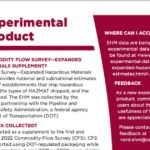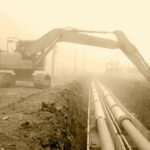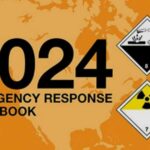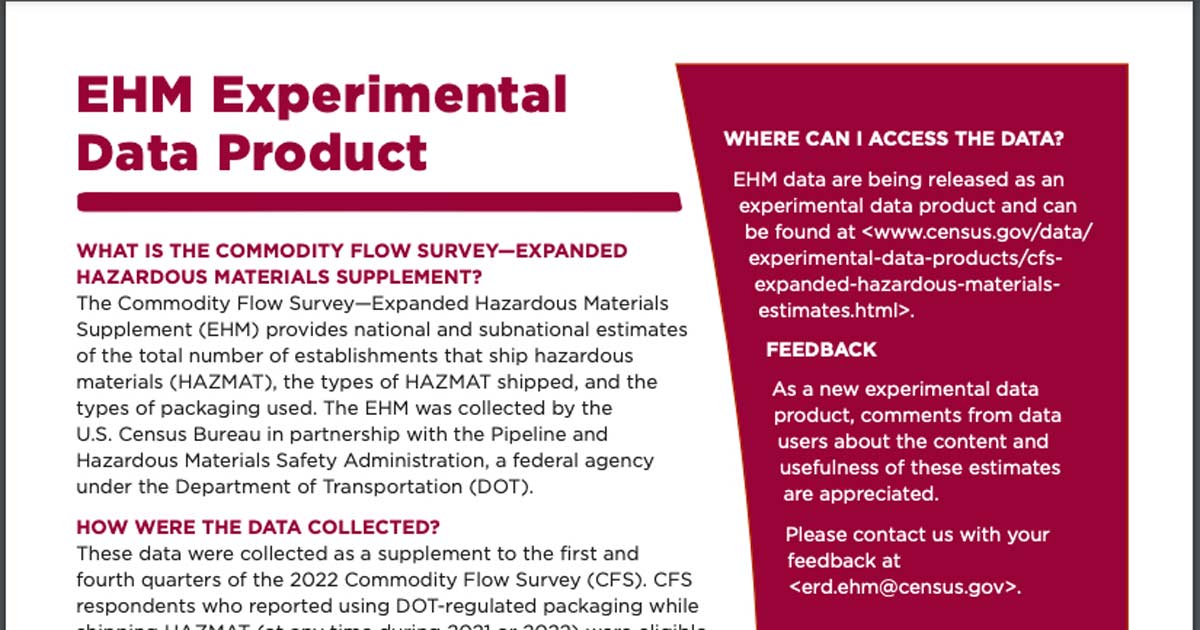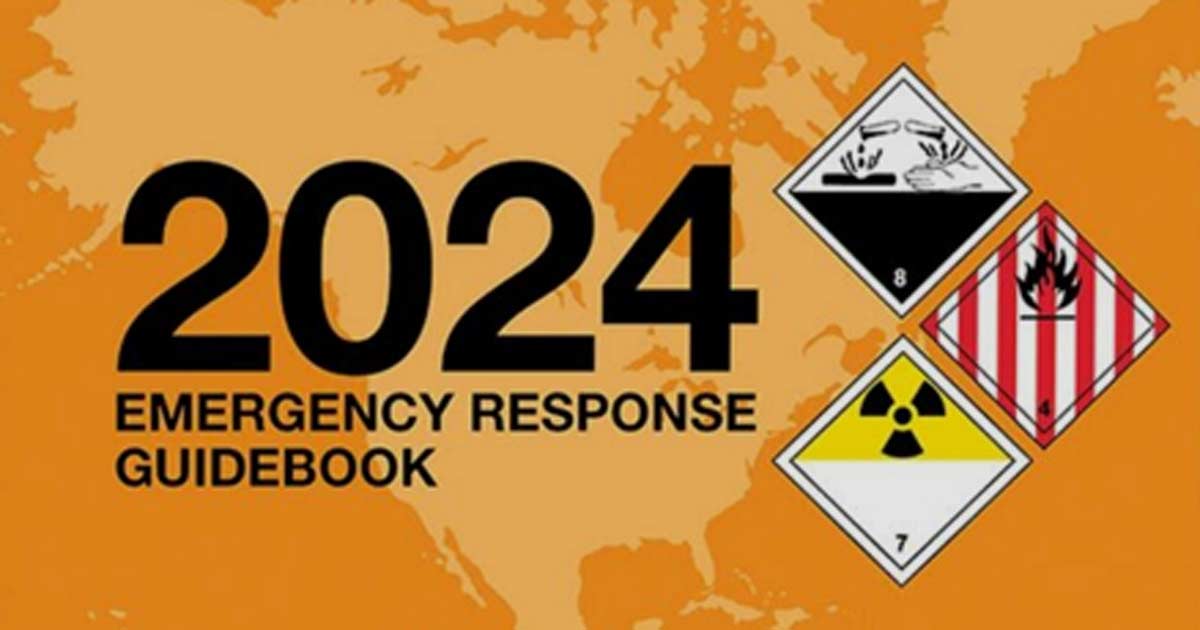Not all derailments are serious and not all serious derailments pose the same threats
Railroads are touted as the safest and most economical way to move hazardous materials, especially in large quantities over long distances. Of course, trains can and do derail. And they often carry a range of hazardous materials that don’t play nice together. Hazmat teams called for a derailment need to expect just about anything.
According to the trade group Association of American Railroads, rail-related hazmat accidents have decreased 64% since 2000; all rail accidents are down 33%. Data from the Bureau of Transportation shows that in 2020, of the 1,519 rail accidents, 1,047 were derailments. That’s down from 2019 and 2018 when both years had nearly 2,000 accidents and more than 1,300 derailments.
While those numbers are encouraging, just halfway through this year we’ve seen derailments involving hazmat. In May, 47 cars derailed with some catching fire in Sibley, Iowa — about 80 miles north of Sioux City. According to the New York Times, the cars were carrying asphalt, hydrochloric acid, potassium hydroxide and liquid ammonia nitrate. The fire burned for more than a day and about 80 people were evacuated.
Hazmat teams in York County, Pa. were dispatched in June when 30 rail cars derailed, spilling PVC pellet. The pellets were not hazardous, but several of the train cars carried hazmat placards, the York Daily Record reported.
And in late July, 25 cars derailed in a remote area of McDavid, Fla. There, cars carrying ammonium nitrate and molten sulfur ruptured in an area accessible by foot or 4-wheel-drive vehicles. It took responders 45 minutes to reach the site, according to NorthEscombia.com.
Clearly, train derailments are major incidents and require a great deal of planning, training and resources. Here are some quick lessons from these recent derailments for hazmat teams.
ONE
Have eyes in the sky. If your team doesn’t have an unmanned aircraft program either start one or partner with an agency that does. Aerial footage will be invaluable, especially when the derailment is in a remote location.
TWO
Get a complete inventory of what the train is carrying. Even those cars not leaking at the time of the crash may later become compromised as the cleanup work gets going.
THREE
Just because a rail car is empty doesn’t mean it is completely empty. There are almost certainly residuals from what it previously carried that can become a threat on their own or when mixed with other escaped or burning substances. Treat each car as a potential hazard.
Original post – Copyright © 2022 HazmatNation.com. Externally linked references may hold their own independent copyright not assumed by HazmatNation


